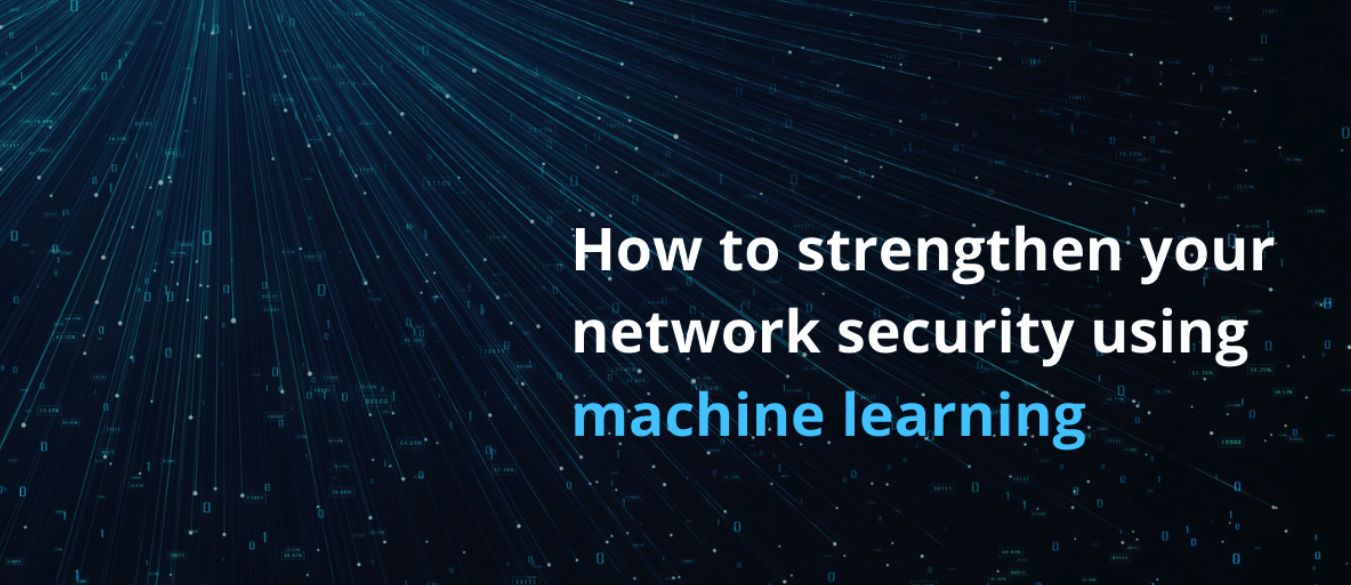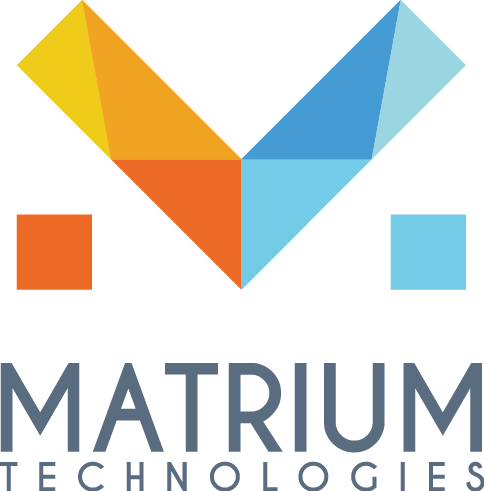How to strengthen your network security using machine learning
 As network perimeters continue to blur and cyberthreats continue to evolve, protecting your invaluable data assets is becoming more complex. Cyber adversaries are using automation and machine learning to underpin powerful attacks. Organisations that persist in using outdated, manual tools to protect the network will inevitably fall victim to these attackers. And, the cost of these attacks can be enormous, including financial losses, erosion of customer trust and brand value, and downtime while attacks are remediated.
As network perimeters continue to blur and cyberthreats continue to evolve, protecting your invaluable data assets is becoming more complex. Cyber adversaries are using automation and machine learning to underpin powerful attacks. Organisations that persist in using outdated, manual tools to protect the network will inevitably fall victim to these attackers. And, the cost of these attacks can be enormous, including financial losses, erosion of customer trust and brand value, and downtime while attacks are remediated.
Avoiding these negative outcomes is crucial for businesses, especially when operating in a disrupted or challenging landscape. Automated security solutions are essential in fighting cybercriminals effectively. Using machine learning and real-time network compliance software is the only viable way forward.
No need to add complexity
While the cybersecurity threat continues to evolve and become more sophisticated, that doesn’t mean your security systems should be complex and unwieldy. Automated network security and machine learning can help deliver a clearer picture of the network, along with its vulnerabilities, so you can address any gaps and respond to attacks sooner.
For many businesses, micro-segmentation is the obvious choice to strengthen their security posture and prevent lateral movement within the network. But micro-segmentation can only be done effectively after you have mapped application dependencies. This is an essential step because, when applications are connected, it creates tunnels for potential threats to infiltrate your applications. They can sneak undetected from application to application, compromising your network before you even know they’re there.
But, if you know where all the application dependencies start and finish, you can apply controls more effectively.
Machine learning network security automates this process, helping you discover and visualise those dependencies. It lets you quickly learn network flows and build a secure baseline so that you can identify trends and anomalies quickly, which may reveal an attack in progress. The machine learning component can analyse and suggest rules across environments, taking an automated security approach that reduces cost and complexity while providing stronger protection.
Manual approaches are asking for trouble
Once you’ve identified all application dependencies and deployed micro-segmentation, the next step is to ensure that your security controls are being assessed and compared according to your governance model. But, if you’re scheduling periodic reviews and manually conducting audits, then you could be asking for trouble. Cyber attackers will pounce on any vulnerability or gap they can find, which means you need to be aware of any gaps and remediate them immediately.
The only way to effectively do this is to rely on automated network discovery tools and machine learning. Here’s how it works:
- Endpoint telemetry provides visibility of IT service relationships and application dependencies. This develops a holistic picture of the network so you can see the current IT landscape clearly
- Machine learning algorithms help with automated rule building, creating the necessary security rules required in the current environment.
- Each network security rule can be evaluated in real time to ensure it adheres to your compliance requirements and risk appetite, and aligns with your governance model.
Applying this kind of Machine Learning (ML) security solution can help you stay a step ahead of malicious actors, combating cyberthreats effectively and without incurring unnecessary costs or complexity.
Click here to read our tip sheet to learn about the10 network security problems micro-segmentation solves.
Blog by Andy Walker – CEO at ditno
If you would like more information on how Matrium Technologies can help you strengthen your network security using machine learning please contact us;
P: 1300 889 888
E: info@matrium.com.au
